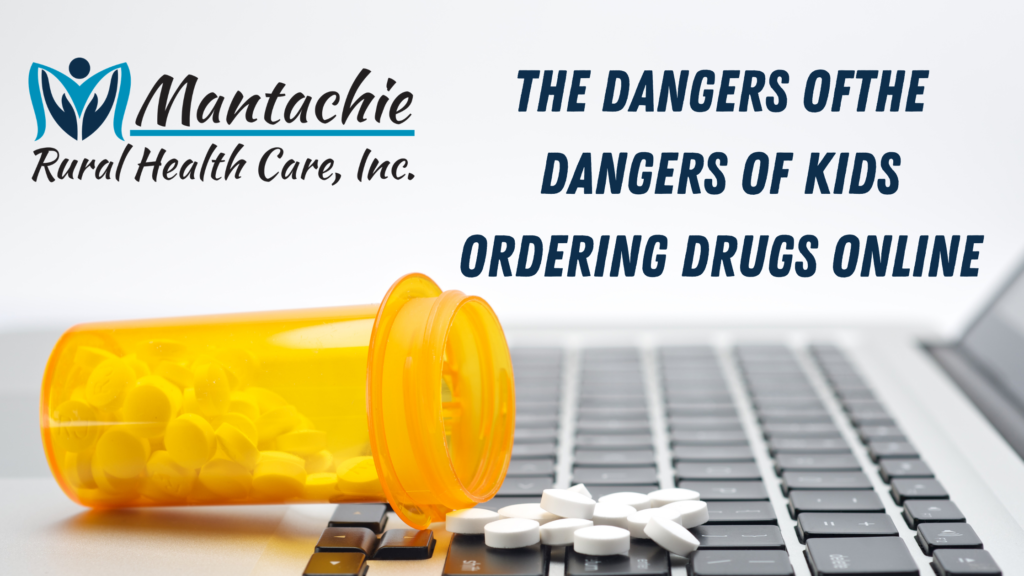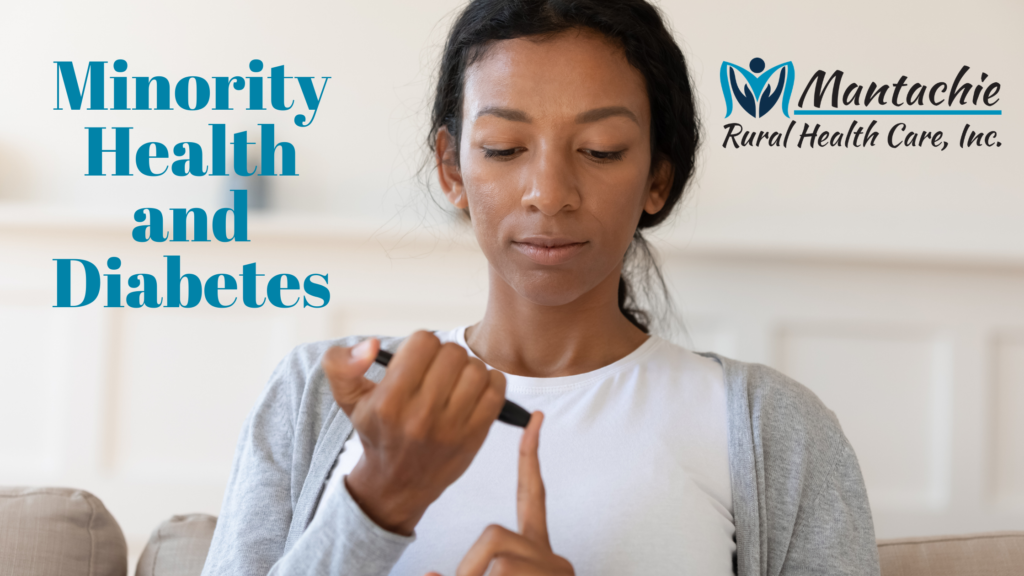Heart disease. Cancer. Stroke. Diabetes. All are among the top ten killers of women in the US and most can be prevented or cured when caught early. These diseases are just a few that women are tested for when they schedule their annual health exam. However, many women fail to schedule a traditional annual health exam each year because they consider their annual gynecological exam to be sufficient.
The Difference Between a Women’s Annual Gynecological Exam and a Traditional Health Exam
Many women assume their annual gynecological check ups to be all they need as far as yearly wellness checks are concerned. However, a gynecological exam typically only consists of a pelvic exam, a Pap smear, and a breast exam. A mammogram and additional women’s health tests may also be performed if you are at a higher risk for certain conditions and illnesses.
What to Expect During a Pelvic Exam, Pap Smear, and Breast Exam
Pelvic exams are performed to determine if the uterus, ovaries, cervix, and bladder are in good health. This exam includes a visual and manual check to find any signs of a problem. Pap smears are usually performed at the same time as the pelvic exam. This is a screening test for cervical cancer that involves swabbing the cervix to find abnormalities in cervical cells.
Manual breast exams are performed in women between ages 20 – 40 during their annual gynecological visit. This exam finds lumps and other abnormalities in the breast that could be signs of breast cancer. Women aged 40 and up also receive a mammogram, an x-ray of the breasts that finds changes in breast tissue and other symptoms of cancer.
What to Expect During a Traditional Annual Health Exam
Gynecological exams focus on a woman’s reproductive and breast health while a traditional wellness exam takes an overall look at physical and mental health. Women can expect a physical exam, blood tests, and to discuss their personal and family health history with their provider. This is also the best time for women to share any mental health concerns with their providers so they can begin addressing the issue.
Women’s Health at Mantachie Clinic
We offer comprehensive annual health exams as well as women’s pelvic exams and Pap smears at Mantachie Rural Healthcare. We also have in-house mental health professionals in case you and your provider determine you need more assistance in treating your concerns. You may schedule these visits in the same appointment or at different times. We encourage you to schedule these important exams each year to help us keep you in the best health possible. Click here or dial 662-282-4226 to schedule an appointment now.




